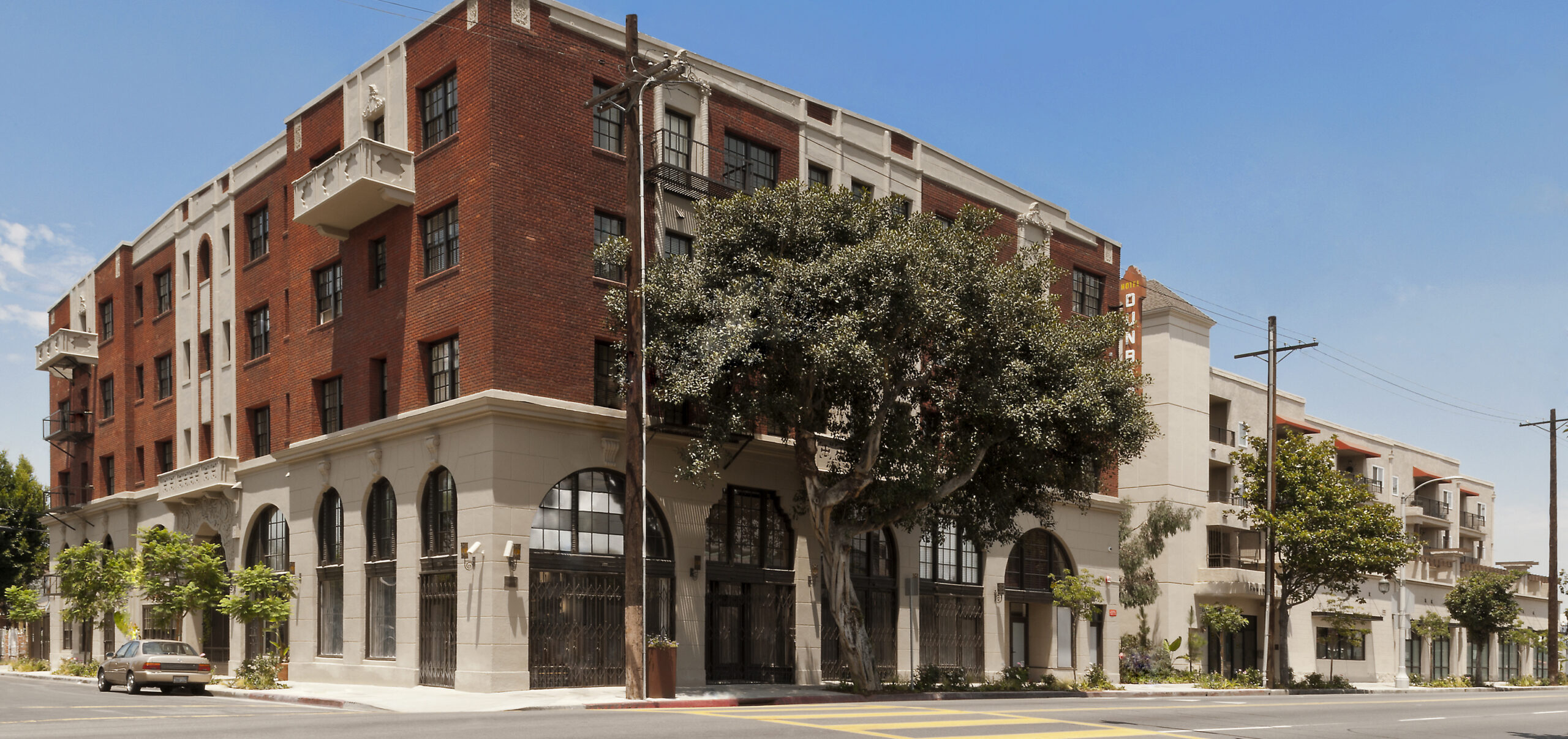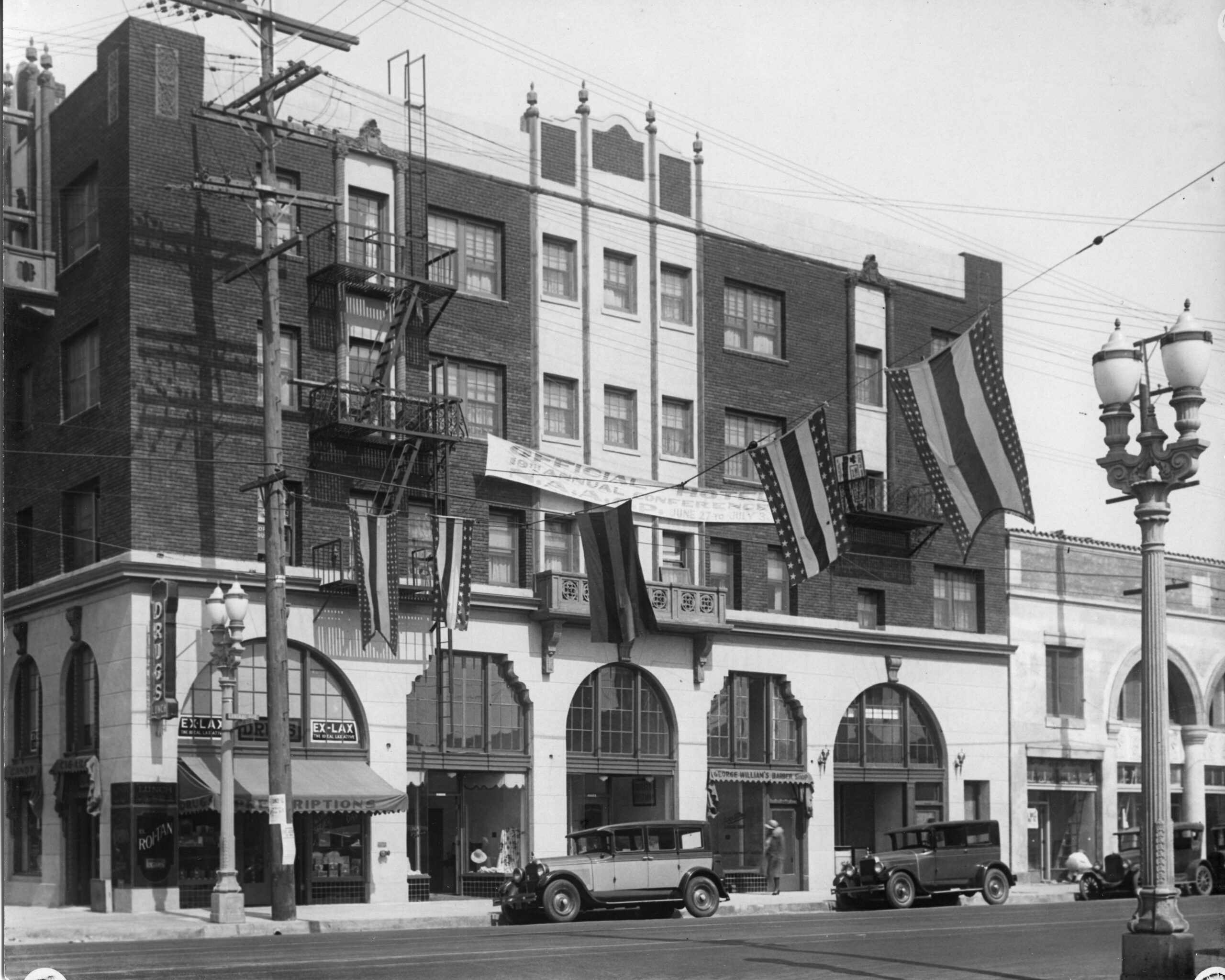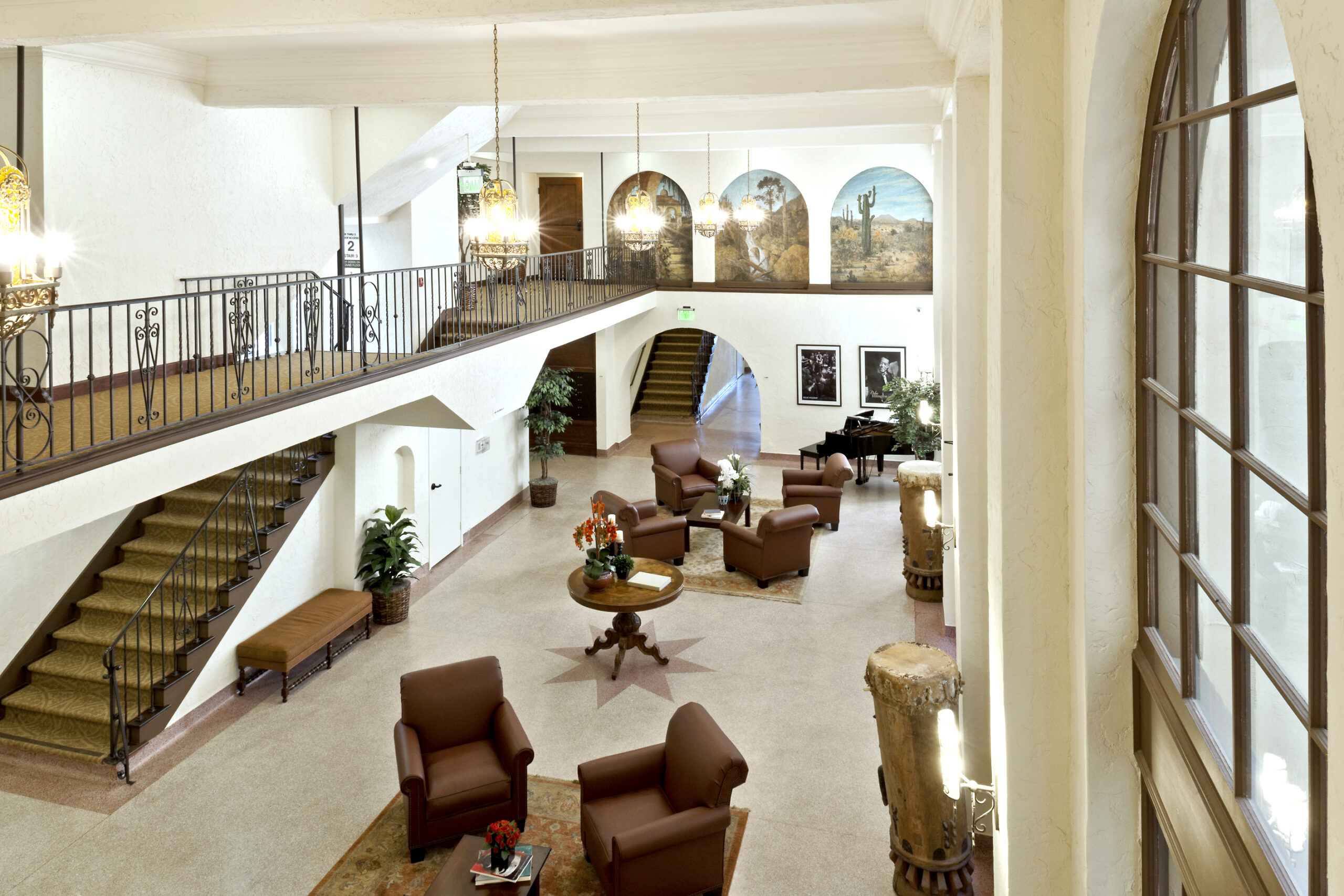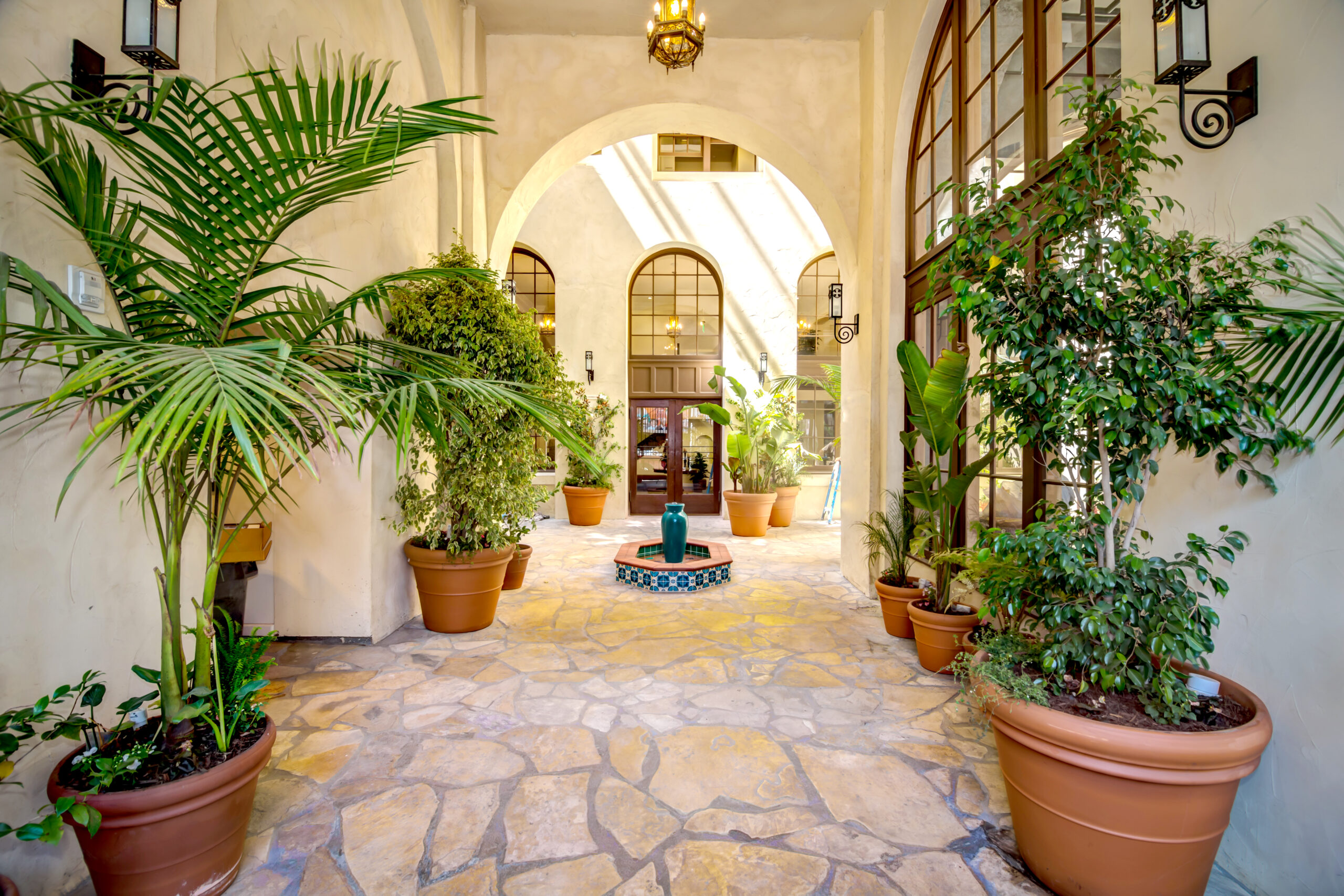The four proposed rules could amount to a substantial weakening of one of the United...

Dunbar Hotel Rehabilitation
At the heart of Dunbar Village, the Dunbar hotel was the center of the African American community from the 1930s through the 1950s. The Dunbar Hotel rehabilitation represents a milestone in historic preservation and consisted of the adaptive reuse of the 1928 hotel from a Single Room Occupancy residence to age- and income-qualified apartments.
Why does this project matter?
The Dunbar Hotel, originally named the Somerville Hotel, was the center of the African American community from the 1930s through the 1950s. The Dunbar Hotel was the anchor of a two-block area of jazz clubs on South Central Avenue, the social and entertainment mecca for jazz in Los Angeles. The hotel met the demand for modern, clean, first-class African American hotel accommodations given prevalent discriminatory practices of the time.

The project unquestionably restores the Dunbar Hotel’s historic qualities and provides quality management, ensuring preservation of the Dunbar Hotel and quality of life for all residents. It reactivates street life, revitalizes the neighborhood, and enhances public safety. Now at the heart of a newly flourishing Central Avenue district, the Jazz and Civil Rights corridor is being rediscovered and music has come back to the Dunbar with the Central Avenue Jazz Festival, Jazz workshops and performances.
What is ESA doing to help?
After nearly a hundred years the Dunbar Hotel showed wear from decades of slow decline. By 1974 when the Dunbar Hotel was designated as a Los Angeles Historic-Cultural Monument (Number 131), the majority of the storefronts were altered or boarded. Two years later, the Dunbar Hotel was listed on the National Register of Historic Places on January 17, 1976. The 1989 rehabilitation and subsequent remodeling further altered public spaces in ways unsympathetic to the original design.
The first step in the preservation process was ESA’s preparation of the Historic Resources Rehabilitation Report for the Los Angeles Community Redevelopment Agency (CRA). That report documented the 425 character-defining features and spaces associated with the Dunbar Hotel’s period of significance (1928-1970), and developed a maintenance, restoration, and rehabilitation plan to guide future undertakings. After Thomas Safran Associates (TSA) took ownership of the Dunbar Village in July 2011 they sought to continue their revitalization of Central Avenue by lovingly rehabilitating the crown jewel of the neighborhood in a way that paid respect to its storied past.

As historic preservation consultant for the project, ESA supported the TSA team by making sure historic preservation standards were being met and providing solutions to preservation challenges. Once the project was fully developed, we prepared the final plan review report to document the project’s conformance with the Secretary of the Interior’s Standards for Rehabilitation for compliance with CEQA. ESA overcame preservation challenges that included creative solutions to address providing new mechanical, electrical, plumbing, and seismic strengthening in a way that was concealed and matched the historic original.
Beyond structural challenges the team was faced with economic ones: how to best pay homage to the building’s historic appearance with preservation that didn’t exceed an established budget. ESA worked with the team to find the right vendors, craftsmen, artisans, and art conservators for the project so that the building could be fully restored including the beautiful mural paintings in the hotel lobby. The team made difficult choices that allowed the best possible preservation at the greatest value.
Connect with our team
The project unquestionably restores the Dunbar Hotel’s historic qualities and provides quality management, ensuring preservation of the Dunbar Hotel and quality of life for all residents. It reactivates street life, revitalizes the neighborhood and enhances public safety. Community rooms are shared with local groups and non-profits, creating a greater sense of community and mutual benefit.
Details
Location Los Angeles, California
Market Community Development
Notable
Los Angeles Conservancy, Preservation Award, 2014
Westside Urban Forum, Westside Prize Award, 2014

The project's design maintained the historic public spaces, restoring the atrium, which dons a new skylight roof, and adding a fountain, custom tile, and round-headed windows.
News & Ideas
If finalized, the Waters of the United States Proposed Rule would reduce the geographic extent...
ESA’s federal strategy and NEPA experts have been staying abreast of the shifts in federal...
As we kick off 2026, our federal policy and permitting experts are hitting the road...
The following speech was delivered on November 7, 2025, in Salt Lake City, at The...
The commercial drone package delivery sector is growing rapidly, with multiple operators looking to gain...






